Do you have a problem with an excessive number of snails in your aquarium and do not know how to get rid of them? You do not want to wake up to find small slimy animals all over your tank it can be very frustrating. Fear not, for there’s a natural solution: Assassinator snails.
Content Table
They are quite interesting species for their massively large hunger and effectiveness in managing snail pests. In this post, we will discuss the assassin snail, its habitat, its feeding habits, and its ability to control snails in tanks. We will also discuss their effects on shrimp and some information about controlling the snail population.
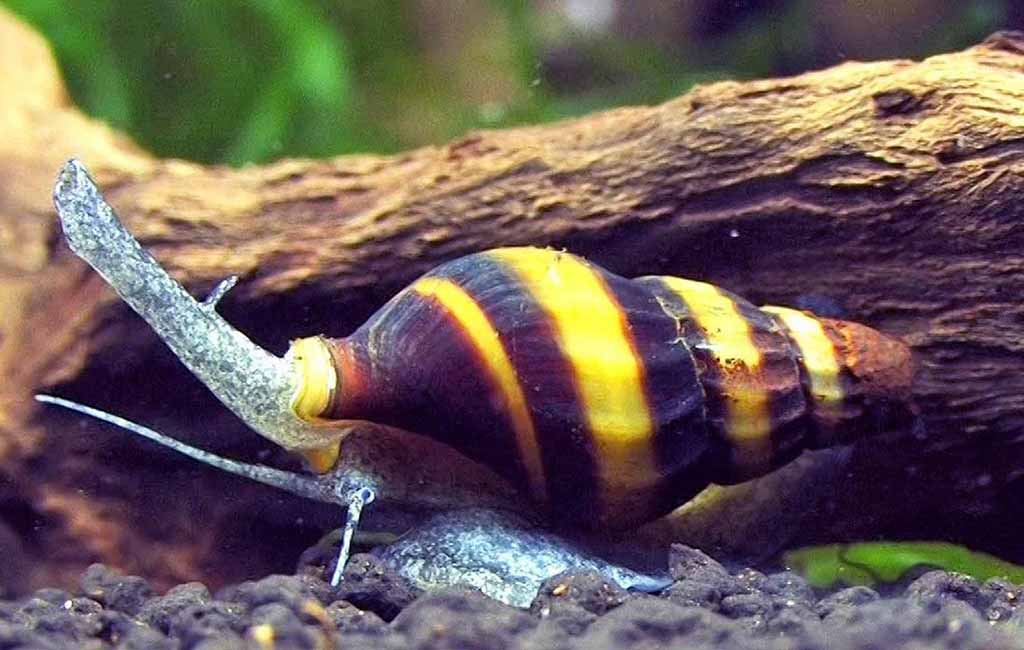
What do assassin snails eat
Assassin Snail
The assassin snail is also called the Neritina snail and is used in many aquariums as a part of the tank decoration. Here’s a breakdown of its care, size, peculiarities, origin, and suitable aquarium types:
Care
- Diet: In their natural environment, assassin snails are mainly omnivorous, and feed on algae and biofilm. They do not require any supplementary food.
- Water Parameters: They also like water with a little less alkaline, with a pH value of 7. 5-8. 5 and a temperature of 72-82 F.
- Tankmates: Assassin snails are not very aggressive and can be kept with a variety of other fish and invertebrates. However, they may be eaten by other larger fish or aggressive benthic invertebrates.
- Cleaning: They are very good grazers and will help to maintain the algae levels in the tank.
Size: Assassin snails are mostly small, and they can reach a size of up to one inch only.
Peculiarities
- Operculum: They possess a hard, plate-like operculum through which they can close themselves off from the environment.
- Shell Shape: They can be of various forms: spiral, conical, and flat, and may be of different colors.
- Reproduction: Assassin snails are called live-bearers since they live young and do not lay eggs like other animals would.
- Origin: The assassin snail is naturally found in the tropical and subtropical areas of the world, such as Asia, Africa, and Australia.
Suitable Aquarium Types
- Freshwater Aquariums: It is perfect for any size of the tank, starting from the nano tanks to the large community ones.
- Planted Aquariums: They are more advantageous because Assassin snails assist in preventing the formation of algae.
- Brackish Aquariums: Some species of Assassin snails can also survive in brackish water situations.
Additional Tips:
- Acclimation: Before introducing assassin snails to your tank, it is recommended that they undergo a slow acclimation process to minimize shock.
- Quarantine: When getting new assassin snails into the tank, it is wise to have them under isolation for some time to allow testing for any disease.
- Water Changes: To keep assassin snails healthy, changes should be made frequently regarding the water in the tank.
What does Assassin Snail Eat
Assassin snails are primarily herbivores. They feed on algae, biofilm, and other plant matter. They don’t typically require additional food, as their natural diet in the aquarium is usually sufficient to meet their nutritional needs.
Here are some key points about their diet:
- Algae: Assassin snails are excellent algae eaters and can help control algae growth in your aquarium.
- Biofilm: They also consume biofilm, a slimy film that can form on surfaces in the aquarium.
- Plant Matter: In some cases, they may also graze on soft-leaved plants, but this is generally not a significant part of their diet.
- No Additional Food: Typically, there is no need to provide assassin snails with additional food beyond what is naturally available in the aquarium.
Get rid of small snails in tanks
Snail overpopulation can be a common issue in aquariums. Here are some effective methods to manage their numbers:
Natural Predators
- Fish: Some fish species, like loaches, plecos, and certain cichlids, enjoy snails as a snack. However, be cautious as some fish may also consume beneficial snails.
- Invertebrates: Snails are a tasty treat for shrimp, crabs, and certain other invertebrates.
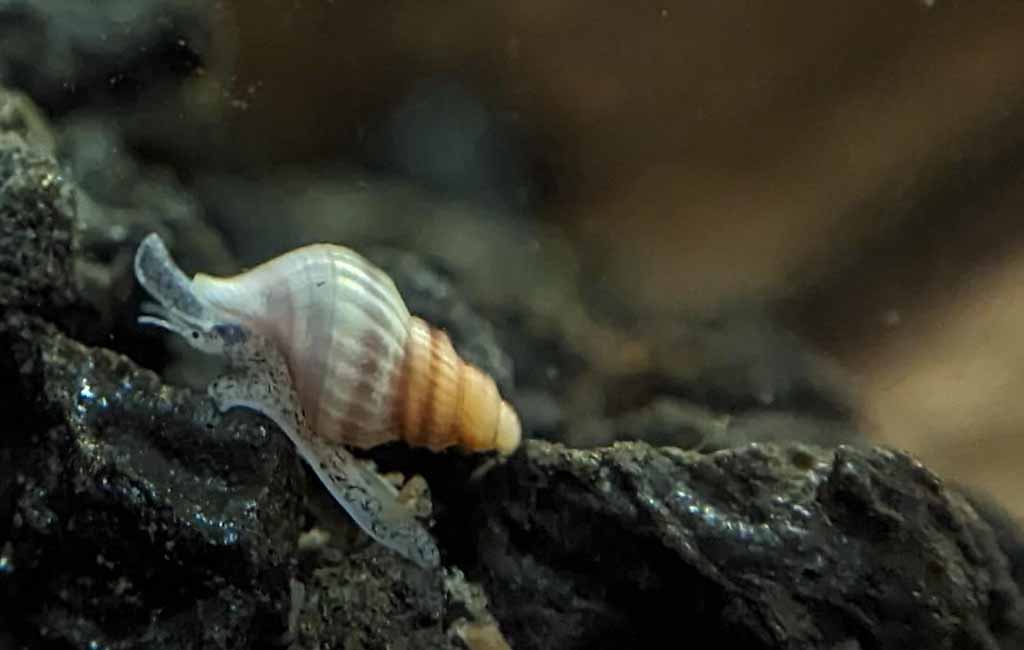
Natural Snail Predators
Manual Removal
- Nets: Use a fine-meshed fish net to remove snails from your tank.
- Siphon: A gravel vacuum can remove snails from the substrate.
Environmental Adjustments
- Reduce Food: Excess food can lead to increased snail populations, so feed your fish only as much as they can consume in a few minutes.
- Improve Water Quality: Poor water quality can encourage snail reproduction, so you should ensure regular water changes and maintain good water parameters.
- Limit Hiding Spots: Reduce the number of hiding places for snails, such as plants or decorations.
Chemical Control (Last resort)
- Snail-Specific Products: While chemical treatments can be effective, as a last resort, they can harm other aquarium inhabitants. Follow the product’s instructions carefully.
Important Considerations:
- Beneficial Snails: Some snails, like nerite snails or assassin snails, are beneficial algae eaters, so be mindful of which snails you’re trying to control.
- Overpopulation Causes: Identify the underlying cause of the snail overpopulation, as it might be excessive food, poor water quality, or a lack of natural predators.
- Balance: Strive for a balanced ecosystem where snails play a role without becoming a nuisance.
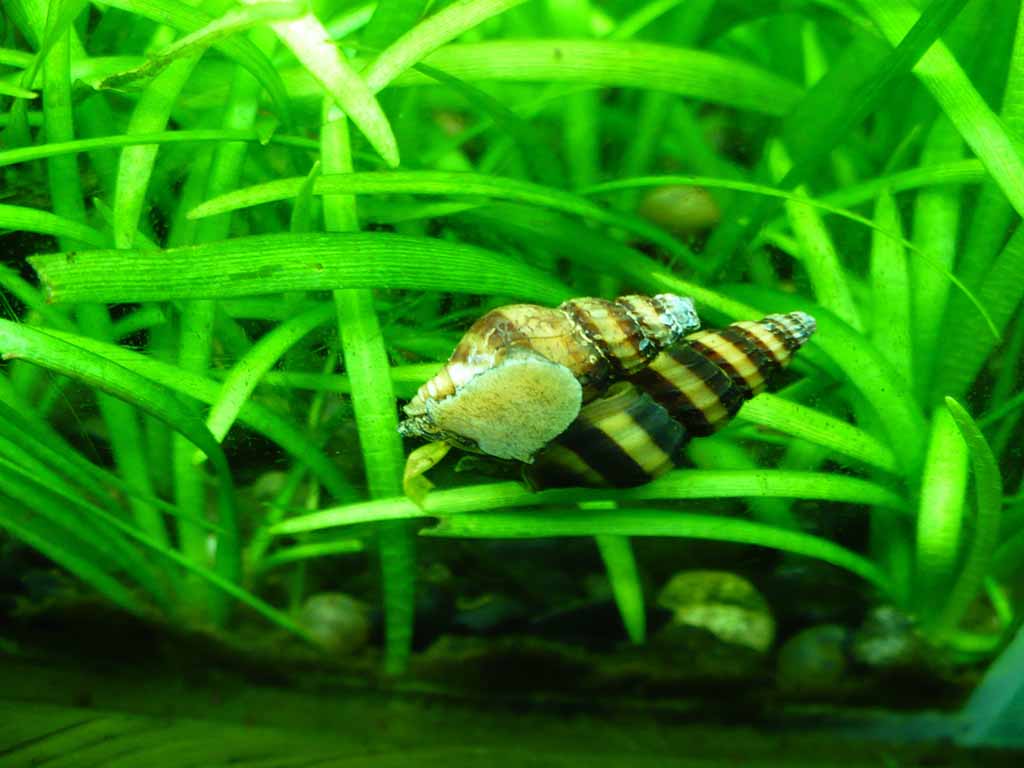
Control snails in tanks
Will Assassin Snails Eat Shrimp?
In general, assassin snails are not known to feed on shrimp. They are mostly plant feeders and mainly consume algae and biofilm. Even though some species of shrimp can easily fit in their mouths, the assassin snails do not feed on the shrimp. So you can keep the Assassin snail and shrimp together in your tank.
Parting Thoughts
The assassin snail is the best and most efficient biological control of snail pests in aquariums. Because of these qualities, they are very useful fish to have in many tank configurations. But knowing more about them and ways to feed them and use them to control the snail population in the tank, will go a long way in helping to maintain a healthy aquatic environment for all of your aquatic pets.
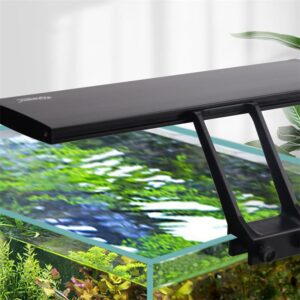
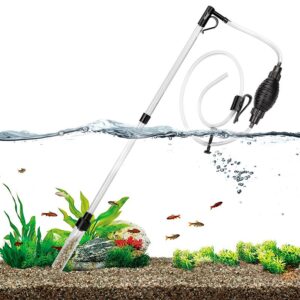
Leave a comment